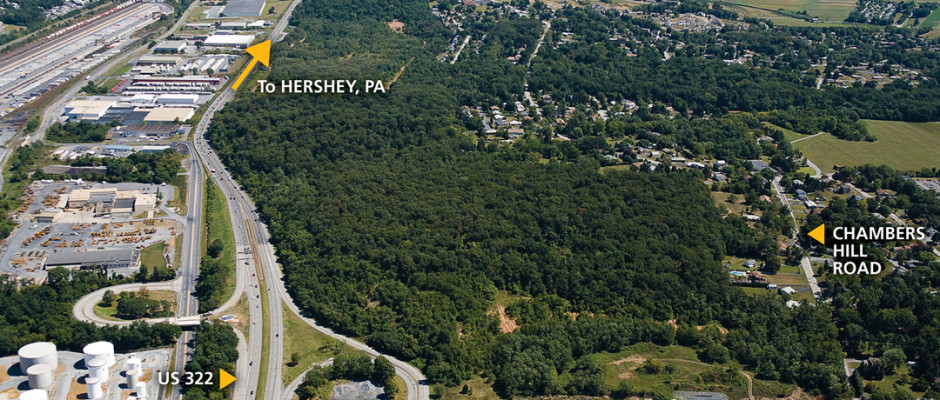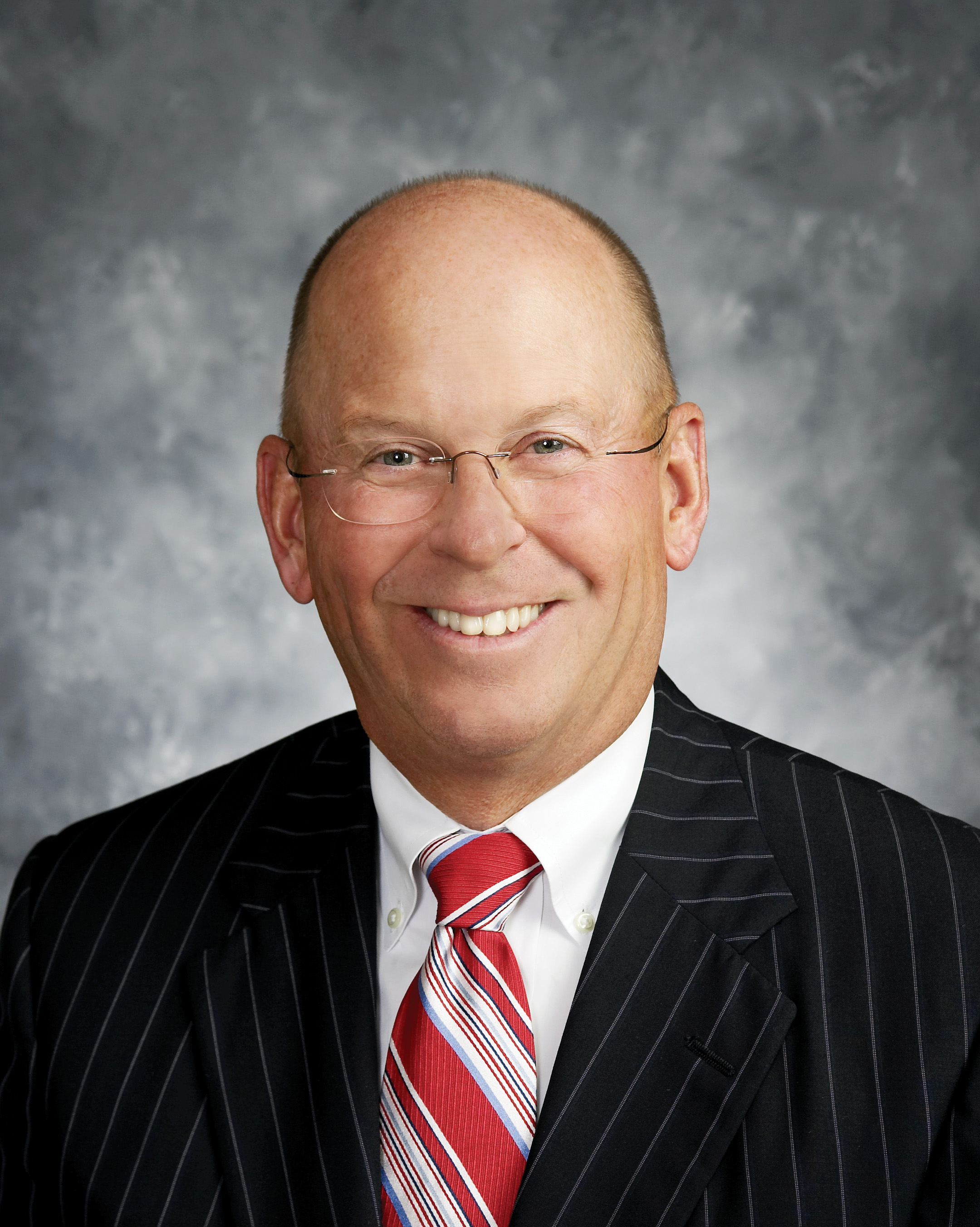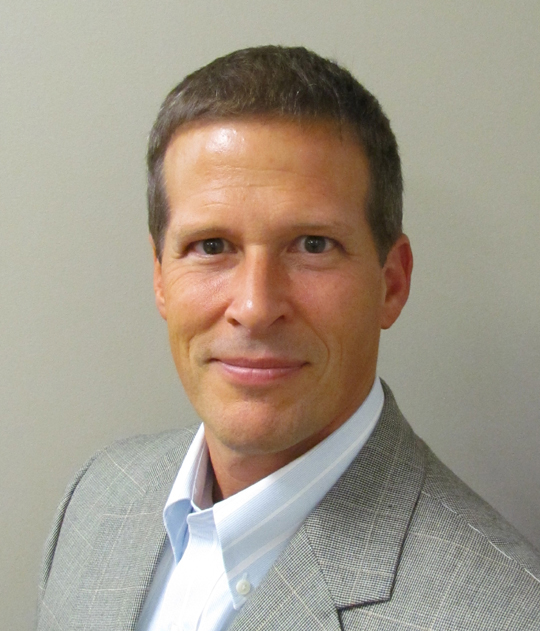Editor’s note: This is a guest column provided exclusively to Keystone Edge. If you’d like your voice heard on Keystone Edge, send us your idea here.
What’s missing in the Harrisburg bankruptcy and receivership headlines is ground truth from the region’s business community. There is a triumphant sub-layer to our capital city’s fiscal woes, and it’s not showing up in Google searches.
The fiscal decay gripping our city is no stranger to many of our nation’s municipalities: A failed incinerator, an over-budget retrofit to meet EPA requirements in 2000, a bankrupt contractor, misguided investments, unfunded collective bargaining commitments, waning tax base, and expenses exceeding revenue.
There remains zero accountability — from the mayor or from City Council — creating a culture of grievance and a confluence of municipal government waywardness. The most positive progress has been Harrisburg’s appointed receiver David Unkovic, who declared, “There cannot be a kick-the-can-down-the-road solution. Nobody is going to come out of this happy.” But we’re going to come out of it.
In spite of this cloud, we are moving commercial real estate development through the pipeline, fitting Harrisburg’s building stock with mechanical systems that meet energy performance goals, and lending money for growth. There is no tax revenue to save us. In our opinion, bankruptcy is surrender, not a solution. Even receivership has consequences but will force solutions. In this municipal morass, we see two vulnerabilities to our region — time lost and reputation squandered.
The more time invested in miscommunication, blame, unproductive meetings, political posturing, and court filings, the more energy and opportunities lost for growing business.
While much of the country experienced steep residential construction declines, bank foreclosures, and double-digit unemployment numbers, central Pennsylvania proved itself a bulwark. In November 2011, the U.S. unemployment rate was 8.7%, with Pennsylvania and the Harrisburg MSA at 7.4% and 6.8%, respectively. Our eds and meds, advanced manufacturing, and transportation sectors along with four federal installations and a smaller state government were a recession vaccine. We have remained stable and fiscally responsible — a reputation we’re proud of.
Energy, commercial real estate, and cash are critical to a region’s success. If someone is trying to find offices in commercial buildings for their business or specific land plots to build upon, that is a priority to help grow these areas and provide the legal support needed to get this process moving. Our community banks have increased lending, some by 30%, to entrepreneurs. The Harrisburg Regional Chamber-the collective voice of our nearly 1,400 member businesses-fosters a capacity business incubator, mentors student entrepreneurs, and cements global relationships in spite of Harrisburg’s imbroglio.
According to the U.S. Business Census, south central Pennsylvania, with Harrisburg at its epicenter, has 152,000 businesses, 15% of the state’s businesses. Generating nearly $169 million in revenue and employing over 765,000 workers, our businesses represent 15% of the state’s workforce.
We don’t need more taxes, we need more taxpayers. We need our job creators, tech innovators, and medical researchers to recapture the news headlines. “Lab at Hershey Medical Center identifies a virus that could kill cancer” is a great start.
We are moving 1 million square feet of proposed mixed-use space — the largest commercial real estate development in the Harrisburg-Hershey region — around an economic clot. At build out, Swatara Plaza at The Concourse will provide 4,100 jobs. This illustrates the fiscal discipline and tenacity of our region. Business leaders are laser-focused on attracting the best investors, the most productive workers, and in-demand retail to our area.
Many of Harrisburg’s hospitals, schools, state government buildings, and office centers have reduced energy expenses from 10-30% through retrofits on 32 million square feet of building stock. The area’s largest mechanical contractor and energy services provider goes beyond LEED-certifications and creates energy-performance goals-measurable, verifiable, sustainable. Safe to say this obsession with performance metrics makes a Harrisburg address a business advantage. Less capital spent on energy means more capital for hiring, investing, and growing.
Globally, the Harrisburg Regional Chamber’s Australian Outreach Campaign has attracted foreign entrepreneurs who need the fertile medical climate that Hershey Center for Applied Research, next to the world-class Penn State Hershey Medical Center provides. The capital Harrisburg-Hershey region is a gateway to U.S. business expansion for foreign investors.
If Google defines us, we want the ground truth: productive, innovative, and fiscally responsible. We want to show prospective businesses that we are worth the investment, and we have a history of living within our means.
DAVID E. BLACK is the CEO of Harrisburg Regional Chamber and Capital Region Economic Development Corporation (CREDC)
RICHARD E. JORDAN II is the CEO of Smith Land & Improvement Corporation and Chamber Member
THOMAS F. BROWN JR. is the President of McClure Company and CREDC Board Member
Send feedback here.




